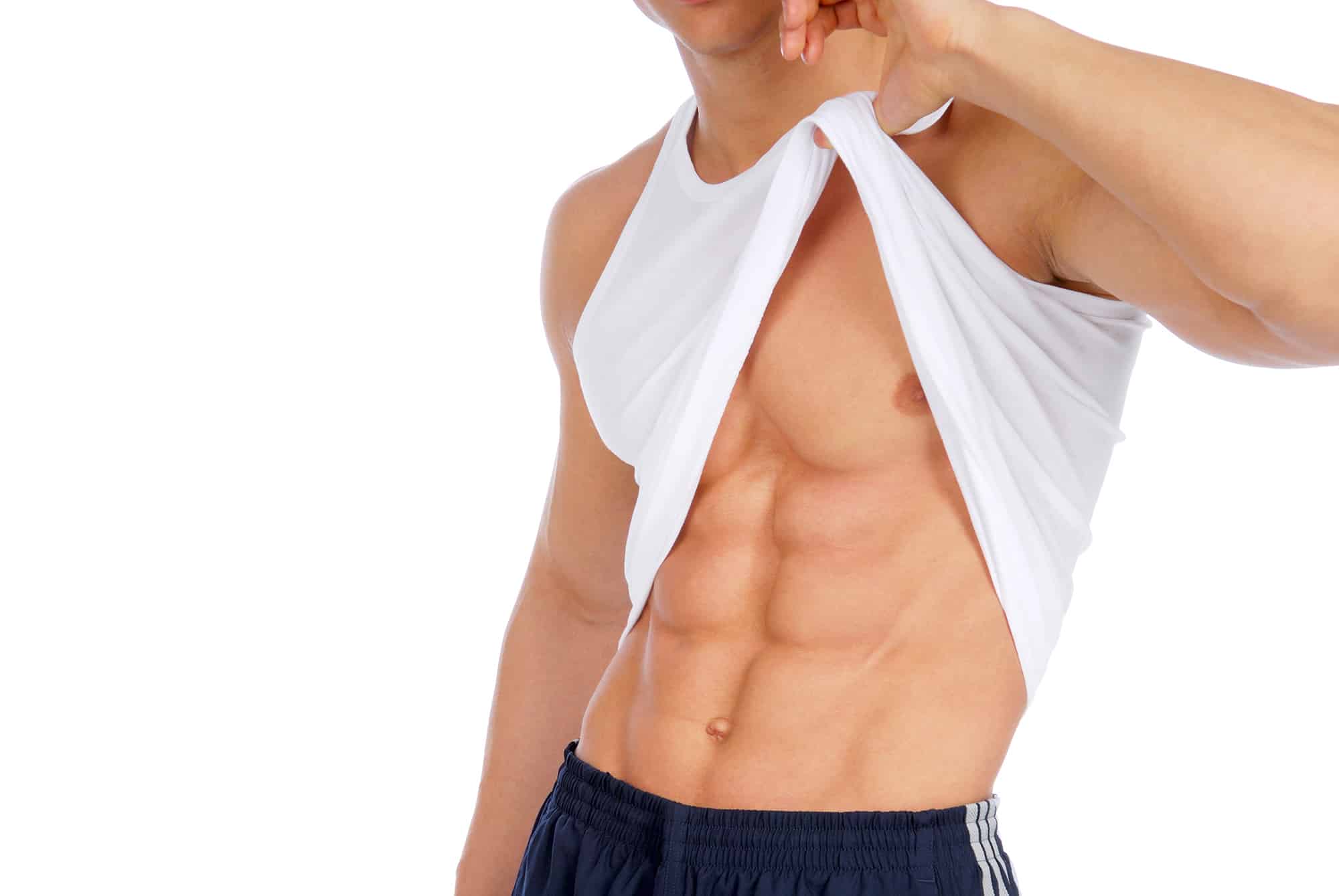Home workouts are not only effective but are also super convenient, especially if you have a busy schedule. Most of these do not need gym equipment and can be done just about anywhere.
If you are looking to build muscle without weights, you can do this effectively with a few bodyweight exercises. It may take you longer to increase your muscle mass than using gym equipment, but you can hack the process with a consistent workout routine.
In this article, you will learn about different bodyweight exercises you can perform at home. You will also find a few tips to guide and help you achieve your goals.
Table of Contents
Key Takeaways
- Exercises like squats, push-ups, pull-ups, lunges, and crunches effectively build muscle without weights.
- How often you perform bodyweight exercises depends on your fitness levels, goals and your adaptability to the workouts.
- A balanced, wholesome diet rich in protein, carbs, fat, minerals and vitamins is essential for muscle building.
Bodyweight Exercises To Build Muscle Without Weights
Below are exercises you can do using your body weight. These are useful for both beginner and advanced fitness enthusiasts; hence are suitable for all fitness levels.
Squats
Squats are ideal for beginners in weight training. They are easily adaptable and will match your fitness levels. You can stick with the basic squat or raise your squat’s tension with squat jumps or the pistol squat.
A squat hits your legs and your back, sculpting your lower body muscles. It also engages the abs, helping you build strength in your lower body, such as the leg muscles [1].
Pushups
For a long time, push-ups have been associated with building muscle and strength in the upper body. These are an effective way to strengthen the hands, back, side, chest, and shoulders.
The best thing is that they are adaptable to suit beginners and advanced levels alike. In the beginning, you take a starting position with your knees on the floor and a straight back. Advance to leaning on a wall for a push-up angle [2].
If you are looking into weight training your biceps and triceps, push-ups are your go-to bodyweight exercise. Push-ups engage your entire body; therefore, they will contribute to muscle growth and strength in the other parts as well.
Lunges
Lunges are a suitable exercise to increase muscle mass and improve strength in your butt, abs, and leg muscles. This movement engages multiple muscles like the abdominals, back, gluteal, quadriceps, hamstrings and calves.
Lunges are simple; hence suitable for anyone that wants to add them to their workout routine. You can try starting with two to three sets of 8 to 12 reps. Once your body gets comfortable, you can increase the reps to 15 to 20 per set.
Planks
Planks seem simple and basic for most people but engage a whole lot of muscles. This workout engages the abdominal and ab muscles to help you build muscle and strength in your midsection and the legs.
If you are looking to build muscle mass in your core and grow abs, planks are ideal for just that and should be added to your ab workouts.
If you are a beginner, you can try holding the plank for 30 seconds and add the seconds as you go. As your abs get stronger, you’ll notice you can hold in a plank position for 60 seconds and more.
There are other variations of the plank, such as the side plank, front plank and hip bridge. These can come in handy to improve your midsection strength after advancing from the basic plank.
Pull-ups
Pull-ups are some of the best upper body exercises that do not require weights. This workout engages all upper muscles like the back, arm, chest and shoulders.
These can help you increase muscle and improve strength in the upper part of your body.
In the beginning, you can start with flat pullups and advance to standing ones as soon as your body adapts. You can also consider chin-ups.
Dips
Dips are a complex exercise that requires you to lift your entire body. They need you to use your full extension, which engages multiple muscles. They are particularly effective at growing your upper body muscles, especially those on your upper arm.
At the start, dips can increase tension in the muscles and you may need help doing one. If you have trouble doing a full dip, ask someone to hold your feet until you get a hang of it.
Once you get control of your arms, you will be able to move and lift your legs unassisted.
Crunches
Crunches are easy and should be added to your weight training exercises. They help increase muscle and improve strength in and around your waist. They are, therefore, ideal for incorporating in your ab exercise.
Crunches are not like traditional sit-ups that only focus on the ab muscles. They work on the entire abdominal muscles, including the core. You can start with 5 to 10 crunches a day and advance this to a few reps as your body gets stronger.
FAQ
How Often Should I Do Bodyweight Exercises?
Structuring your bodyweight training frequency will depend on your activity levels. This means that a beginner may need to go slower with bodyweight exercises than your seasoned personal trainer.
A beginner will need to give the muscles time to adapt to the movement. That means they will need to schedule more rest days per week than an advanced fitness enthusiast.
The best thing is that you can do bodyweight workouts each day. However, you need to train different muscle groups each time. For example, if you train your arms and shoulders on one particular day, you should train your leg muscles the next day.
With these exercises, rest is as important as training. This is because your muscles grow and improve strength during recovery and as they repair themselves.
Another important consideration is your adaptability. If you are used to a specific bodyweight exercise, then you can do it as much as you want; of course, taking rest between sessions.
Try and train with the same frequency you are used to and add extra reps or sets once that frequency feels easy.
There are no definite times per week for bodyweight exercises as that varies between one individual and the other. Your fitness levels, adaptability and health goals ultimately determine how often you should perform these exercises.
What Should I Eat to Build Muscle?
Diet plays a significant role in muscle building and improving strength. You need to eat fresh foods and add more calories to cater to your energy requirements.
Ensure your meals have protein, an essential nutrient for building muscle in the body. Proteins are synthesised into amino acids, which are the building blocks of muscles. These heal the tears and restore cells in the body.
You may also need to increase your carb intake to ensure you have adequate levels of energy for your workouts. Carbs help to improve your overall performance, especially during complex exercises that challenge your muscles.
Additionally, make sure your meals contain good fats from sources like fish, avocado, seeds and nuts. Ensure you have adequate fruits and vegetables in your meals to cater to your vitamin and mineral requirements.
Lastly, ensure you are constantly hydrated by taking water before, during and after your workouts. 75% of your muscle content is water; therefore, you want to ensure they do not get dehydrated when training [3].
The Bottom Line
Indeed, you can build muscle without weights. The above exercises are some of the few you can try to improve strength and grow muscles without weights. They are all suitable for beginners and advanced fitness enthusiasts, thanks to their different variations and adaptations.
If you are on a journey to increase muscle mass, these exercises, a consistent workout routine, and a wholesome diet will get you the desired results.
References
- https://www.lifehack.org/322689/6-things-will-happen-when-you-start-doing-squats
- https://www.mayoclinic.org/healthy-lifestyle/fitness/expert-answers/body-weight-training/faq-20147966
- https://www.med.umich.edu/1libr/Mhealthy/TheImportanceofWaterWhileExercising.pdf






